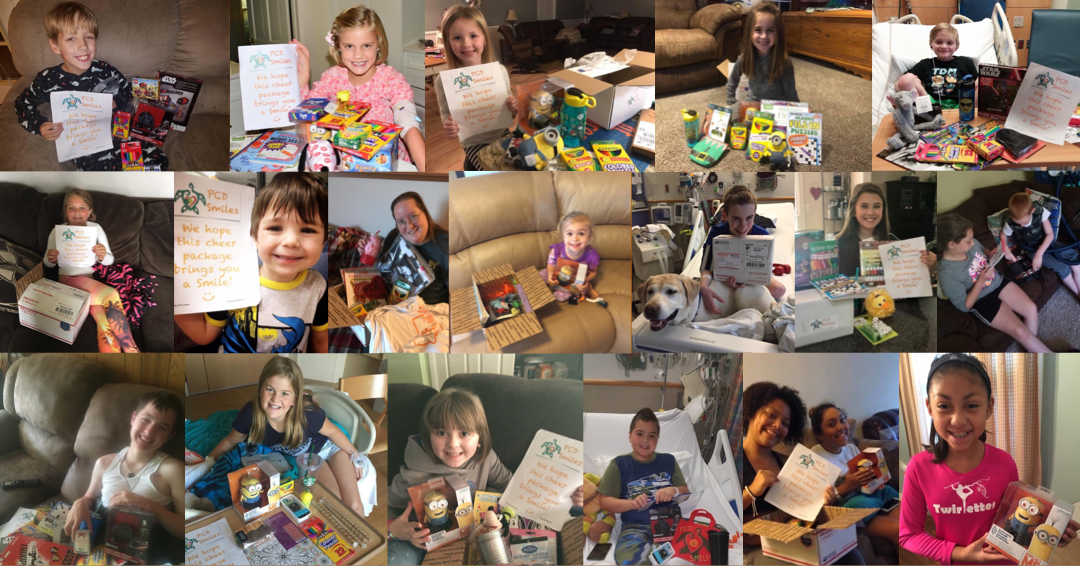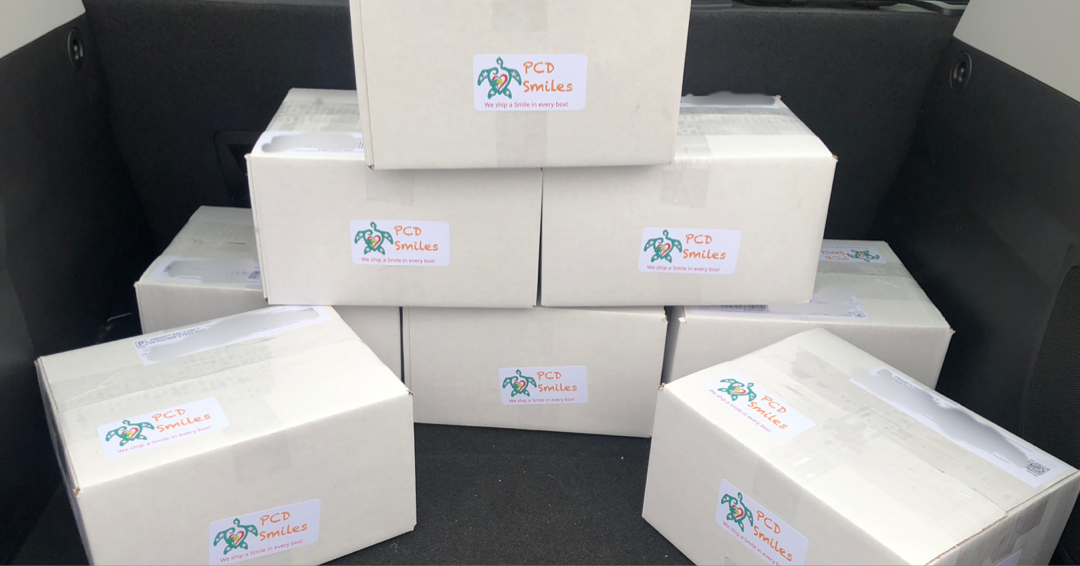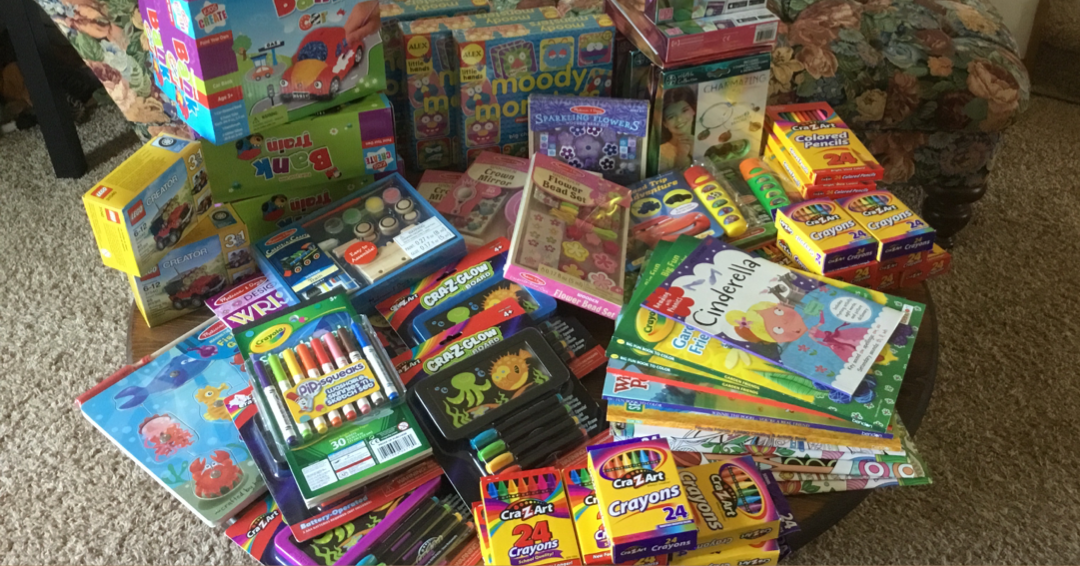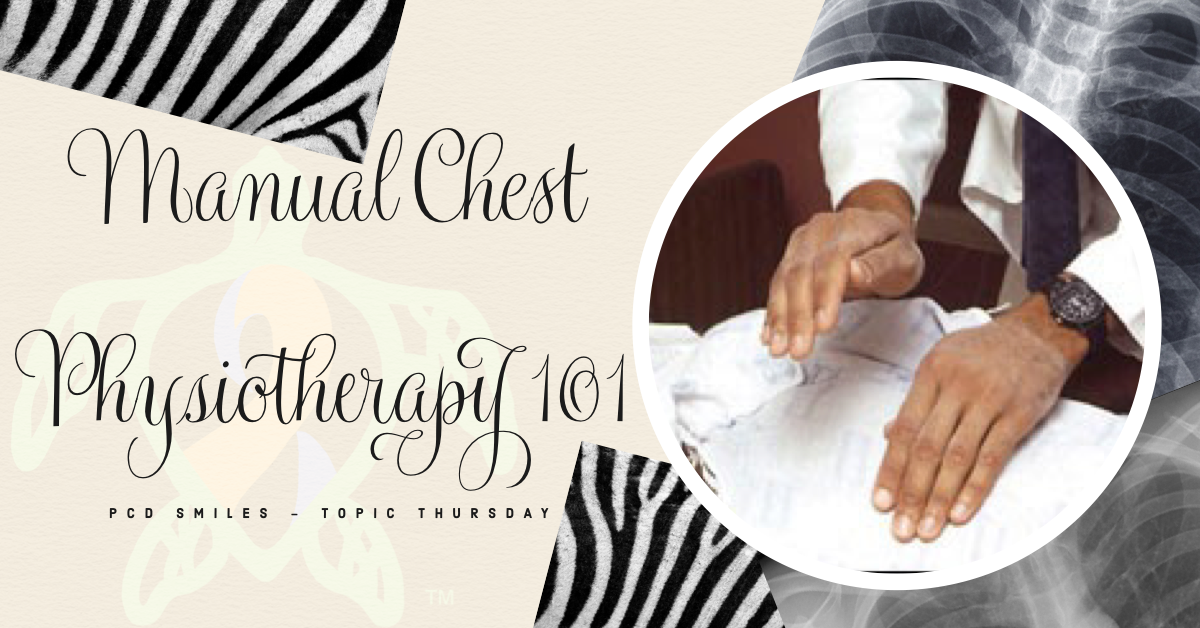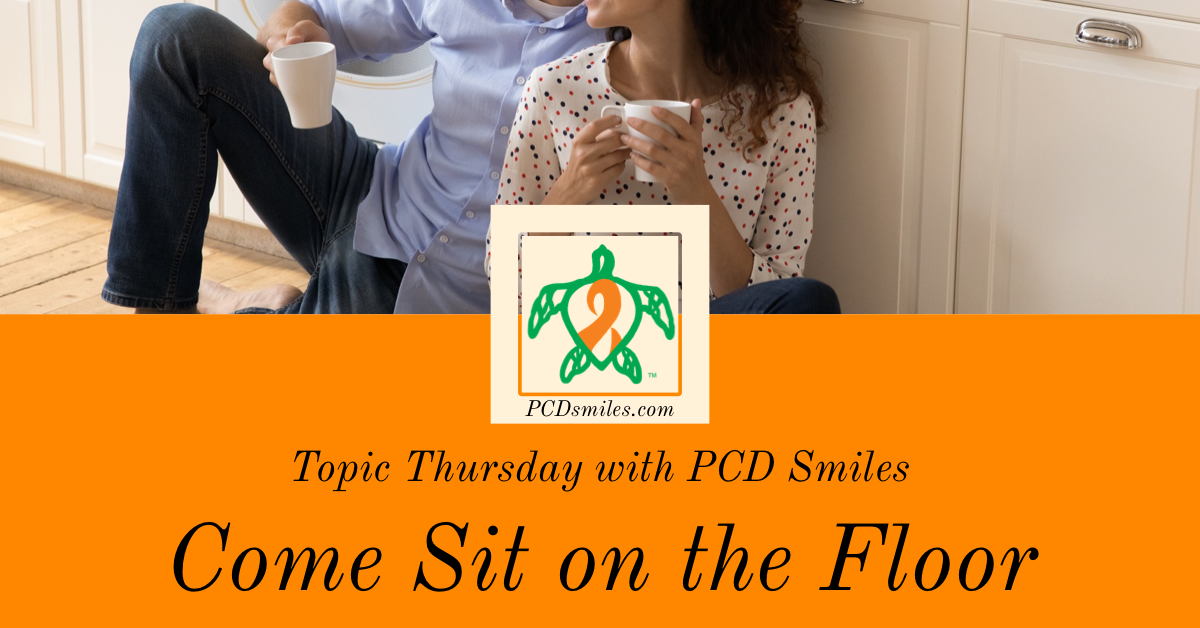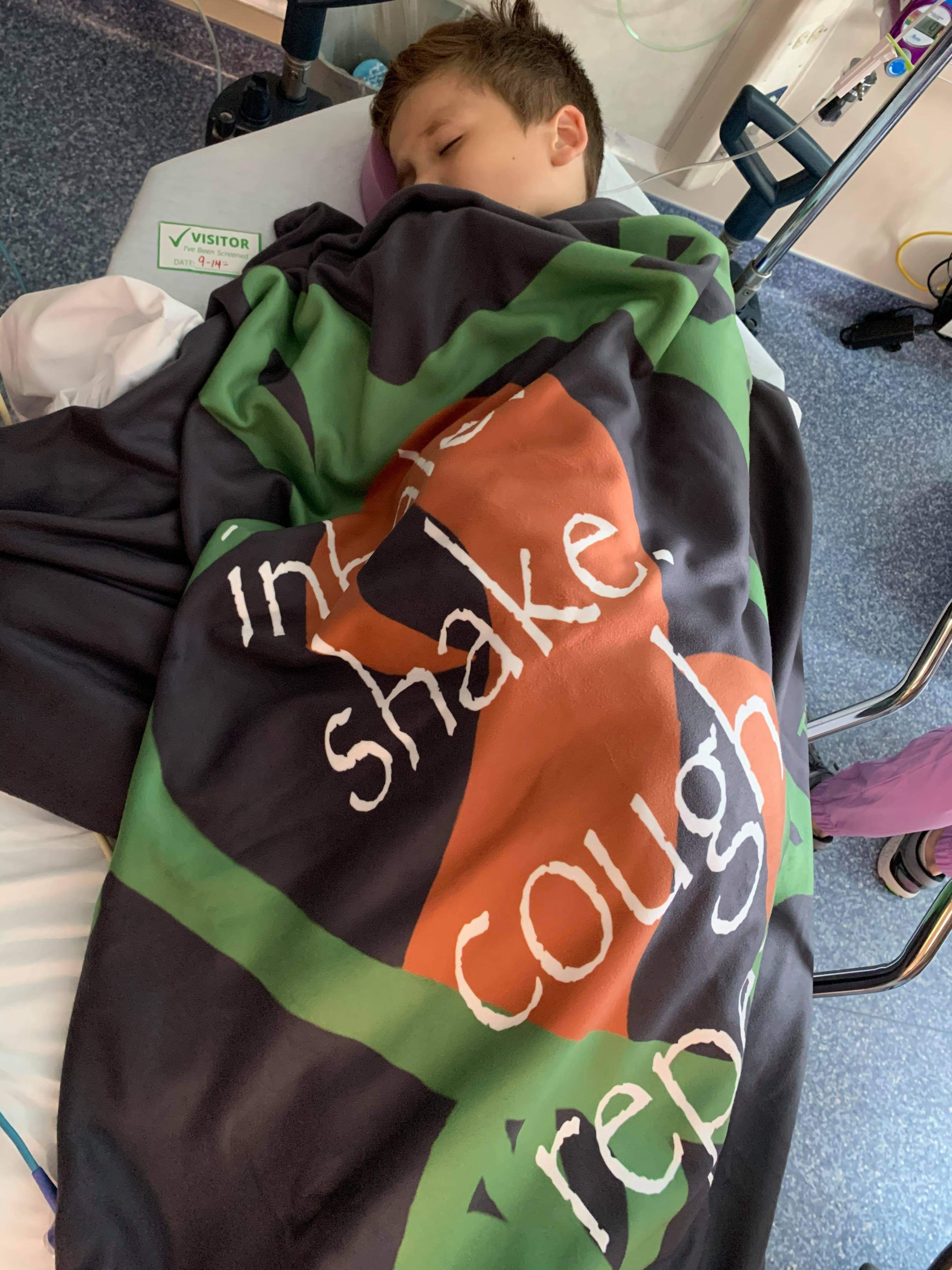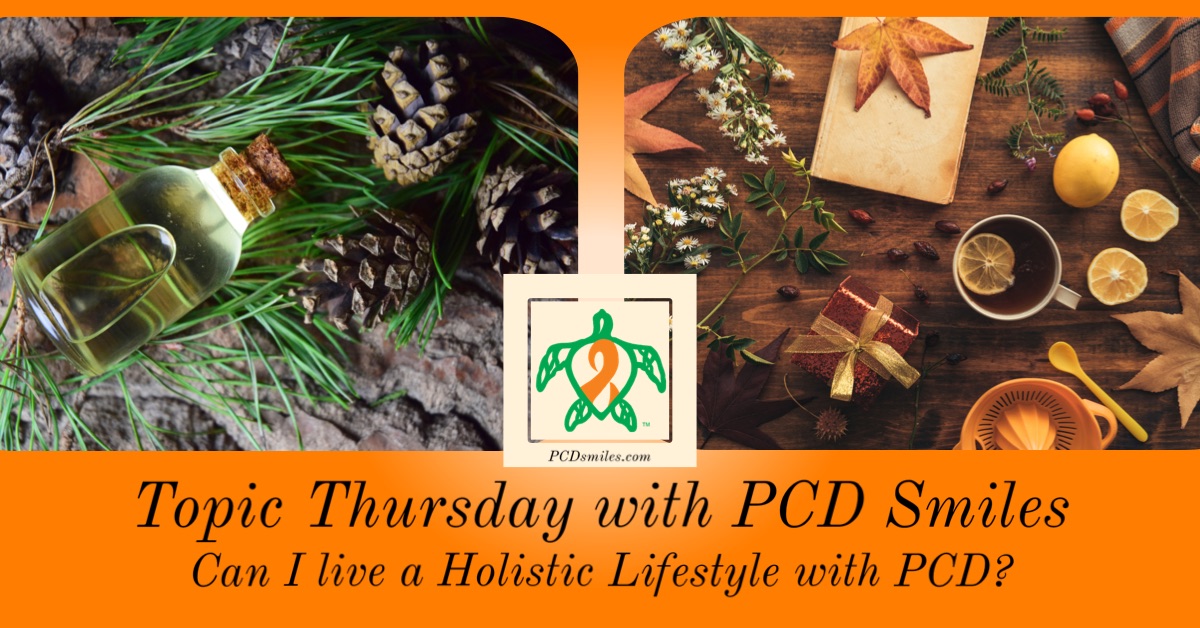Manual chest physiotherapy (CPT), also known as postural drainage and percussion (PD&P) is the traditional airway clearance technique for cystic fibrosis patients. Mucus is part of the body’s natural defense against germs, bacteria, and debris; and mucus also helps to keep the airways and lungs moist and in optimal working order. In PCD, because the cilia do not work to help clear out mucus, the mucus doesn’t move and becomes stuck in the airways. The body’s natural reaction to stuck mucus is to make more mucus to clear out the already stuck mucus. In PDC, the new mucus still doesn’t move so the body makes even more mucus; this is what is known as hyper-secretions. In PCD these cycles of hyper-secretions are never ending. The stuck mucus becomes thick and adds additional breeding grounds for germs, bacteria, and debris. The cycle of hyper-secreation can hurt the lungs causing bronchiectasis and cause decline in the lung function of the patient. Airway clearance techniques help to manually remove these stuck hyper-secretions. Clearing the airways of the stuck debris filled mucus should help to slow down the production of mucus and stop the hyper-secretion cycle.
In the beginning of figuring out airway clearance techniques to help cystic fibrosis patients, there was just manual chest physiotherapy (CPT); which in the beginning was more commonly named postural drainage and percussion (PD&P). Manual chest physiotherapy consists of two parts, postural drainage; percussion and vibration. The objective of CPT is to remove the bacteria laden mucus from the airways, which in turns prevents infections, relieves airway inflammation, prevents permanent lung tissue damage, prevents airway wall damage (bronchiectasis), and to help the patient’s breathing. In CPT positioning is extremely important, so that gravity can help drain mucus from the airways in sequence from the smaller airways to the larger airways and then to the throat where the mucus can then be coughed out by the patient. Along with gravity in mind; each position is designed so that a major part of the lung is facing downward and when combined with percussion or vibration, this is what moves the mucus from the smaller airways to the larger airways. Percussion and or vibration is done for two to three minutes for each position. Your doctor or care team may tailor the time for each position depending on you or your child’s unique health picture. Its also important to follow the CPT sequence of positions to maintain the optimal therapeutic results when using gravity. Basically all the sitting up positions should be preformed first, followed by the flat positions [(with the exception of the upper back while laying flat position) patient laying on their stomach and provider clapping the upper lobes on their back.], followed by the inclined positions [(head down) if the inclined positions are part of your unique care plan], and lastly followed up with the upper back while laying flat that was skipped above. It is important to note that due to recent revelations during research studies; some providers now discourage the use of inclined CPT positions, because of concerns of the potential for aspiration and gastric reflux into the lungs causing additional airway damage.
The CPT technique is very easy to learn; the following link will help to guide you in this technique.
The following video demonstrates most all the CPT positions an offers tips and techniques for CPT. It is a good comprehensive CPT video that we’ve seen out there.
Be sure to visit us next week for another Topic Thursday!
Join our Facebook group Turtle Talk Café today, click here.
We have several ways that you can donate to PCD Smiles;
- Visit Smile E. Turtle's Amazon Wishlist
- For more information on how you can donate, please visit our "Donation" page to check out our "Do & Don't policies.
- Or sponsor a PCD Smiles cheer package today!
- To shop for your “Official” turtle care ribbon gear today, visit PCD Style or Smile E. Cove
Thank you for your consideration!
